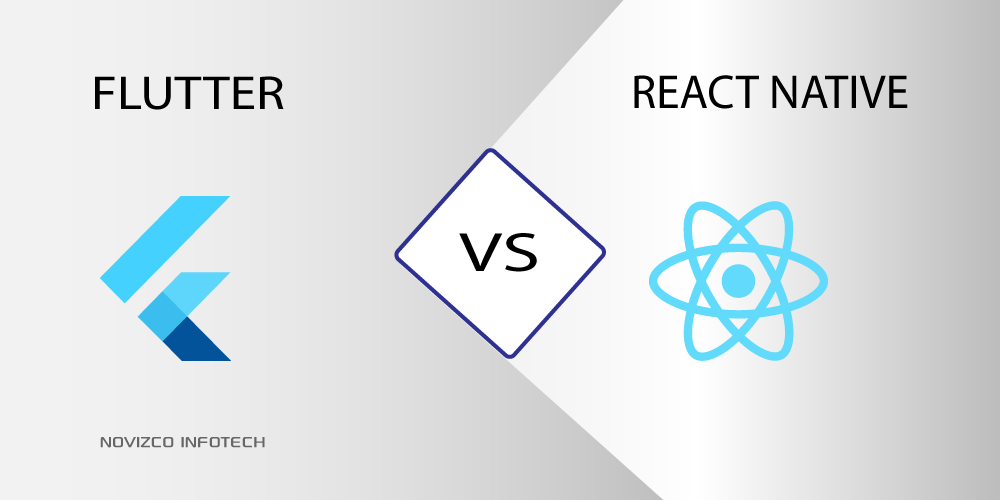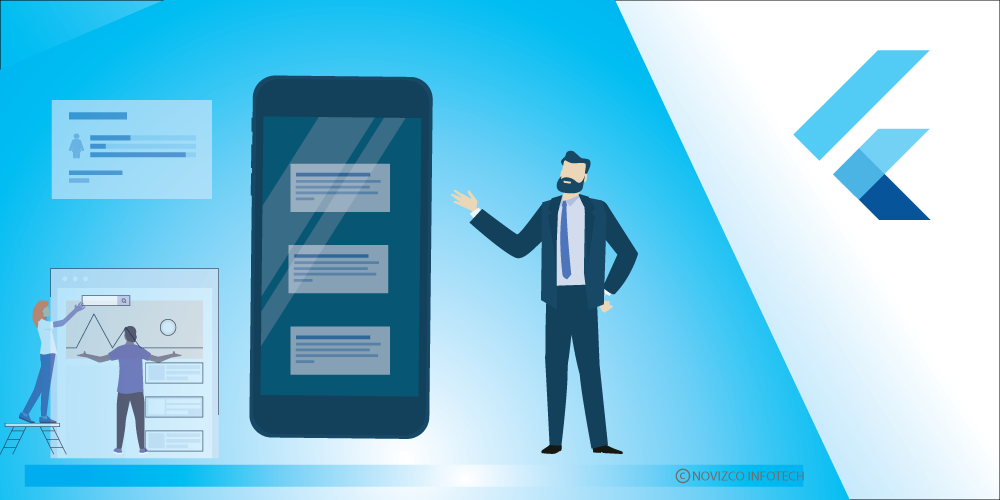
What is Serverless?
A native cloud architecture, which enables shifting of operational responsibilities to cloud platforms like Amazon Web Series (AWS) and Google Cloud Platform (GCP), thereby increasing innovation as well as agility. You can design, develop, and run applications without thinking of servers via the serverless mode. Infrastructure needed for servers & cluster provisioning gets avoided by the usage of serverless applications. It can be designed for almost any type of application or backend services as well as anything required running & scaling them effectively.
Serverless, a movement driven by businesses and developers, focus on minimizing the adverse effect brought about by large-scale server management. By taking away the most menial parts of an application designing process, developers get to focus their work on improving and delivering quality business value. The serverless movement gets defined via empowering developers for designing apps single-handedly, which handles production-level traffic. Through serverless movement, the main focus lies in the design process. Thus, ultimately serverless applications help developers in focusing their efforts on the most valuable assets.
Why focus on designing serverless applications?
Modern applications get designed with increased agility and a lower total cost of ownership. Designers & developers get to focus on core products instead of worrying about operating and managing servers, either in cloud or on-premises. Scalable and reliable products get developed with this reduced hassle; an excellent way to save some needed time & energy.
The mandates of Serverless applications
The serverless applications go hand-in-hand with various mandates. Let’s have a look at these essential commandments that define them:
- Unique & quality products or services get designed by outsourcing all non-essentials.
- Serverless cloud services favored with stateless computing, events, APIs, and open-source.
- Code is a liability and hence, keeps it to a minimum.
- No servers, containers, or instances unless there are necessary.
- Customer satisfaction should get established and make it one of the high priorities.
- Product goals should be given priority over technology.
- Deploy the designed serverless applications.
Factors that make applications, Serverless
Four major factors define the applications to be serverless. Let’s have a look at those essential factors that make the applications, serverless:
- Zero Administration: Code deployment without any provisioning beforehand or managing anything afterward. The operation department need not be bothered.
- Auto-scaling: Scaling change management using service providers for handling quick bursts of traffic.
- Pay-per-use: The function-as-a-service gets charged based on its usage allowing a complete resource utilization process. This whole process results in about 90% cost-savings over a cloud Virtual Machine (VM). No paying for unused resources; a way to save funds as well.
- Increased velocity: Shortening the loop between design, deploying, and production processes and easier to bring your ideas to life. Smaller teams benefit from this factor as there’s less to provision up-front along with the whole managing process after deployment that helps with shipping more features.
The use of Serverless components to design applications
The serverless components provide a uniform experience. Each serverless component provides provisioning, rollback, and removal functionality for that particular service, which gets controlled by you via the Serverless Components CLI (Command Line Interface). Any cloud service gets packaged as a serverless component.
All serverless components get gathered together for nesting them in a larger component. The required infrastructure-level components get combined for the creation of a serverless API (Application Programming Interface). In combination, these individual serverless components get connected to form a higher-order Component. This higher-order serverless component gets used elsewhere by developers by tweaking some small aspects.
Composing Serverless components to form an entire application
Higher-order components, we discussed in the previous section, helps in designing serverless applications with ease. Design higher-order components and combine them. Nest several serverless components and combine them to obtain the desired higher-order components. Developers get to re-use various serverless components for designing higher-order components. Serverless components & applications focus on outcomes rather than the infrastructure.
Conclusion
In this article, we saw how to design & create higher-order components from the basic serverless units. The higher-order components form a base of serverless applications. As discussed, serverless applications enable innovation & agility via cloud platforms like AWS (Amazon Web Services) and GCP (Google Cloud Platform). Get to know more about serverless applications and use them for embracing innovation.

